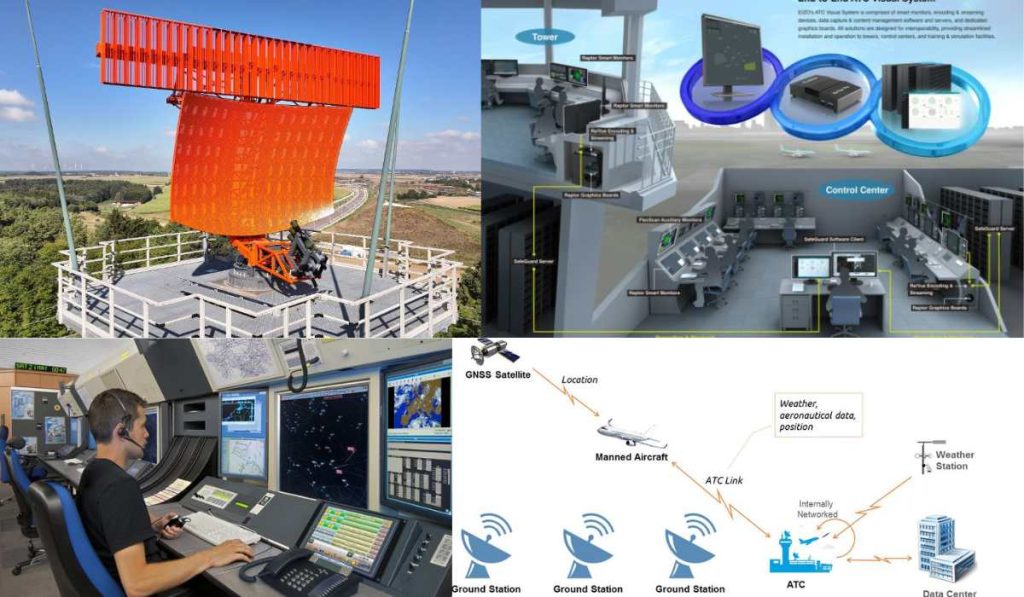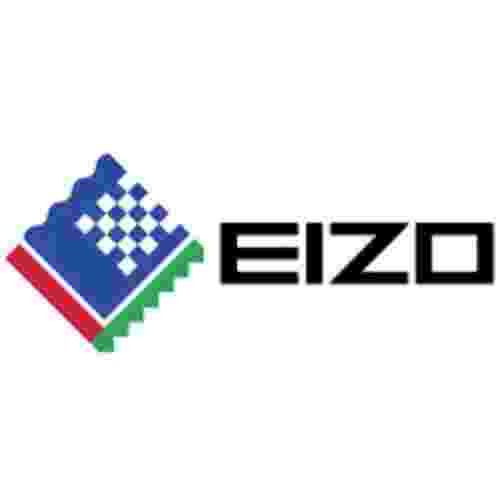China’s Air Traffic Control Systems and Management in 2025
The Chinese aviation industry is experiencing a period of phenomenal growth. As passenger numbers climb and cargo continues to crisscross the vast network of airports, ensuring the smooth and safe flow of air traffic becomes paramount. Here’s a deep dive into China’s Air Traffic Control (ATC) Systems and Management in 2024, exploring the technological marvels, operational strategies, and the exciting future that lies ahead.

Air Traffic Management (ATM) Systems
China’s ATM system is a complex symphony of interconnected technologies, working in concert to guide flights efficiently and safely. Let’s delve into some key components:
- ATC Radar: The watchful eyes of the sky, these radars provide real-time data on aircraft positions, altitudes, and speeds. Modern systems utilize advanced technologies like Mode-S transponders for enhanced tracking and identification.
- Voice Communication Switching Systems: The vital link between controllers and pilots, these systems ensure clear and reliable communication, even in high-traffic situations. Modern systems integrate digital voice recording and playback functionalities for improved safety and training.
- Air Traffic Control Simulators: Before taking the helm, aspiring air traffic controllers hone their skills in meticulously designed simulators that replicate real-world scenarios. These advanced training tools allow for practicing complex situations and emergency procedures in a safe and controlled environment.
- ATC Displays: The air traffic controller’s window to the sky, these displays present a real-time picture of the airspace. Modern systems utilize high-resolution screens with advanced data integration capabilities, allowing controllers to make informed decisions with a comprehensive view of the traffic situation.
The Civil Aviation Administration of China (CAAC)
The CAAC serves as the central regulatory body for China’s civil aviation industry. The Air Traffic Management Bureau (ATMB) falls under the CAAC’s umbrella and is responsible for overseeing the entire ATM system. This includes:
- Developing and implementing ATM policies and procedures
- Managing airspace
- Providing air traffic services
- Overseeing air traffic controller training and certification
- Investing in and upgrading ATC infrastructure
Air Traffic Control Automation
Recognizing the challenges posed by ever-increasing air traffic, China is at the forefront of ATC automation. Here are some key areas of focus:
- CNS/ATM (Communication, Navigation, Surveillance/Air Traffic Management): This integration aims to seamlessly link communication, navigation, and surveillance systems for a more efficient and automated air traffic management environment.
- Digital ATC: Leveraging digital technologies like artificial intelligence and machine learning, digital ATC systems can assist controllers with tasks like conflict detection, separation assurance, and trajectory prediction, leading to a more optimized airspace utilization.
- Trajectory-Based Operations (TBO): This approach focuses on managing aircraft based on their intended flight paths rather than fixed routes. This allows for more flexible and efficient traffic flow, particularly in busy airspace.
Civil-Military ATM Integration
China boasts a significant military air presence. To ensure seamless co-existence with civilian traffic, significant efforts are underway to integrate civil and military ATM systems. This includes:
- Joint airspace management: Establishing designated corridors and procedures for both military and civilian aircraft.
- Data sharing: Sharing relevant air traffic data between civil and military authorities for enhanced situational awareness.
- Collaborative decision-making: Fostering open communication and coordination between civil and military air traffic controllers.
Air Traffic Flow Management (ATFM)
With airspace becoming increasingly congested, ATFM strategies play a crucial role in optimizing traffic flow and reducing delays. Here’s how China is tackling this challenge:
- Traffic flow metering: Regulating the flow of aircraft entering busy airspace to prevent bottlenecks and delays.
- Ground holding procedures: Implementing strategies like holding patterns or delaying departures to manage traffic volume at airports.
- Collaboration with airlines: Working closely with airlines to optimize flight schedules and routing to minimize congestion.
Airport Collaborative Decision Making (A-CDM)
Modern aviation thrives on collaboration. A-CDM fosters information sharing between airlines, airport authorities, and air traffic controllers. This allows for coordinated decision-making that optimizes ground operations, reduces taxi times, and ultimately improves flight efficiency.
Price List
It’s difficult to provide a single, definitive price for China’s Air Traffic Control Systems and Management (ATC) due to several factors:
- System Complexity: ATC systems are vast and encompass a range of technologies – radars, communication systems, simulators, displays, etc. Each component has its own pricing structure.
- Customization: ATC systems are often customized to specific needs and airport sizes, leading to variations in cost.
- Government Procurement: Details of large-scale government procurements like ATC systems are often not publicly available.
However, here are some approaches to estimate the cost:
- Per-unit pricing: We can look at individual components. For instance, basic ATC radars might range from ¥10 million to ¥50 million (Chinese Yuan) depending on range and capabilities. Similarly, air traffic control simulators can cost anywhere between ¥20 million to ¥100 million.
- Project-based estimates: Industry reports and publications might offer estimates for specific ATC system upgrades or new installations at airports. These can provide a ballpark figure.
Get a Quote from Top 12 Global Leader Air Traffic Control Systems Manufacturers
FAQs
Is China's ATC system modern?
Yes, China is actively investing in modernizing its ATC system. This includes automation, digital communication, and Trajectory-Based Operations (TBO) for smoother and more efficient air traffic flow.
How is China handling growing air traffic?
China is employing several strategies to manage its booming air traffic. These include Air Traffic Flow Management (ATFM) to prevent congestion, collaboration with airlines for optimized routes, and civil-military airspace integration for efficient co-existence.
What's the future of ATC in China?
China is looking towards NextGen ATM technologies that leverage automation, data analysis, and advanced communication for a future-proof air traffic management system. This will ensure continued safety and efficiency as China’s skies keep soaring.











